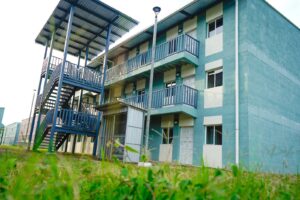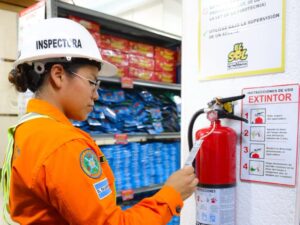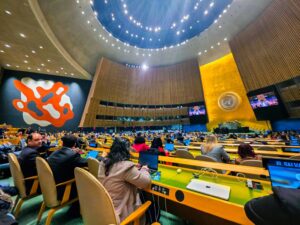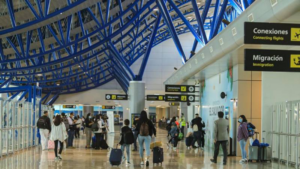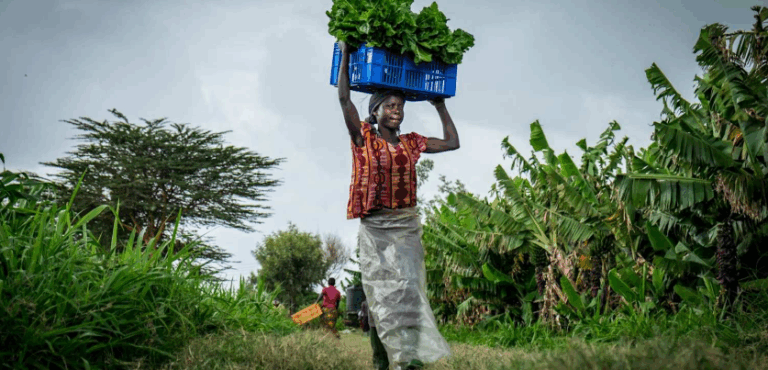
A groundbreaking analysis published today reveals that the world’s smallholder farmers require US$443 billion annually to adapt to climate change, an amount less than what governments currently spend on harmful agricultural subsidies. Despite producing half of the world’s food calories and supporting 2.5 billion livelihoods, these farmers receive just 0.36 percent of the climate finance they desperately need.
The research, conducted by Climate Focus para Family Farmers for Climate Action (FFCA), represents 95 million smallholder producers in Africa, Latin America, Asia, and the Pacific. Published ahead of the COP30 climate summit in Brazil, where adaptation is expected to dominate discussions, the study exposes a critical gap in the allocation of global climate finance.
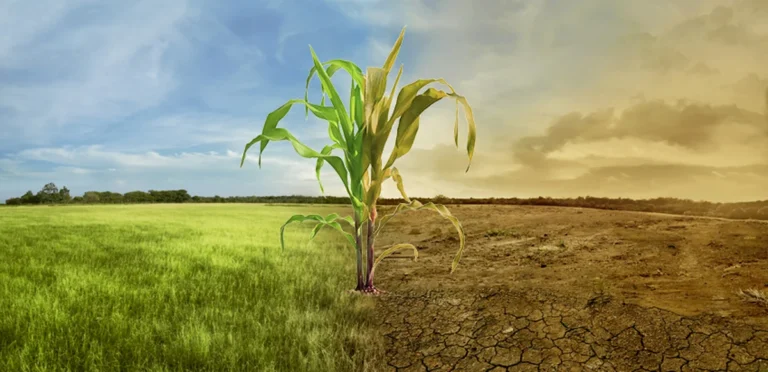
Massive Financing Disparity Revealed
The annual requirement of US$443 billion stands in stark contrast to the US$470 billion spent annually on agricultural subsidies that harm both people and the planet. For smallholder farmers cultivating 10 hectares or less, the cost of adaptation averages US$952 per hectare annually—approximately $2.19 per day, close to the price of a cup of coffee in Germany.
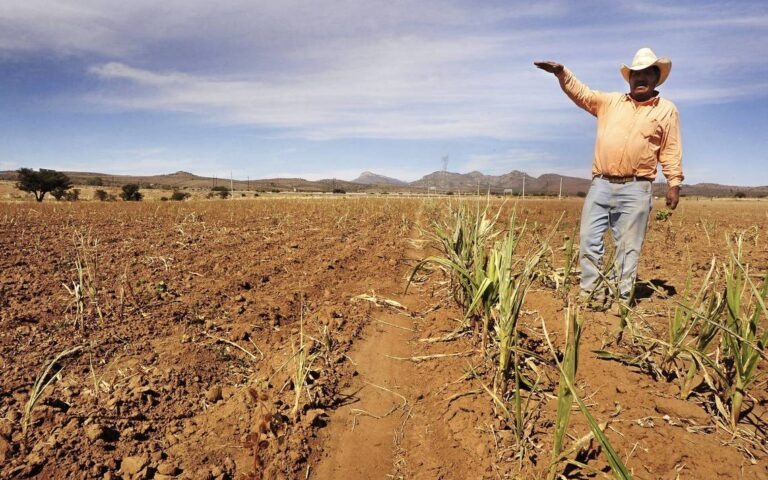
“This is not charity—it’s an investment in global food security,” said Elizabeth Nsimadala, president of the East African Farmers Federation, which represents 25 million producers. “Smallholder farmers produce half of the world’s food and are central to global supply chains. Investing in their adaptation benefits everyone”.
Current financing flows reveal stark inequities. In 2021, only US$1.59 billion in climate finance reached smallholder farmers and rural communities worldwide. Meanwhile, farmers themselves collectively spent US$368 billion of their own income—up to 40 percent of their annual earnings—on adaptation measures such as improved irrigation, soil conservation, and crop diversification.
Read also:


